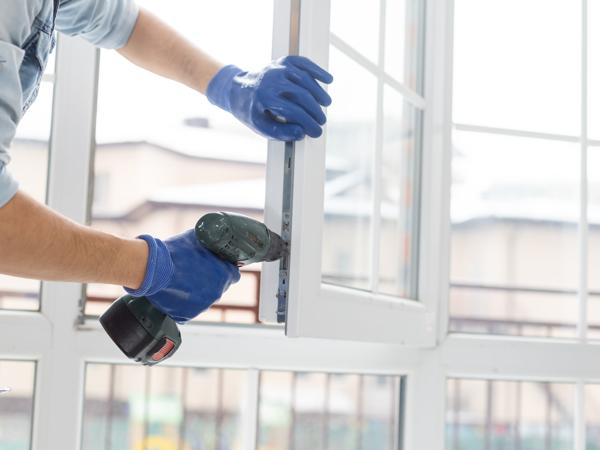When it comes to improving the comfort and sustainability of our homes, energy-efficient windows and doors play a significant role. In this guide, we explore the elements that contribute to energy efficiency, the benefits of upgrading, and some practical examples to consider. While there aren't any one-size-fits-all solutions, understanding the different aspects can help make informed decisions.
What Makes Windows and Doors Energy-Efficient?
Energy-efficient windows and doors are designed to reduce the amount of heat that escapes from your home during the winter and limit the heat entering during the summer. They help maintain a stable indoor temperature, which reduces the burden on heating and cooling systems. Here are some of the key factors:
Glazing: Double or triple glazing involves multiple layers of glass with gaps in between, which are typically filled with inert gases like argon or krypton to provide better insulation.
Low-E Coatings: Low-emissivity (Low-E) coatings are microscopically thin layers of material applied to the glass that reflect heat. In colder climates, they help keep heat inside, and in warmer areas, they deflect external heat.
Frame Materials: Different frame materials have varying levels of insulation and durability. Common options include wood, vinyl, aluminum, and fiberglass. Each has its advantages, such as the natural insulation properties of wood or the cost-effectiveness of vinyl.
Weatherstripping: Proper sealing around the edges of doors and windows prevents drafts and contributes to energy efficiency.
Benefits of Energy-Efficient Windows and Doors
Investing in energy-efficient windows and doors provides several advantages beyond potential energy savings:
Reduced Energy Costs: Over time, these upgrades can lead to lower utility bills due to less reliance on heating and cooling systems.
Enhanced Comfort: Maintaining a consistent indoor temperature makes living spaces more comfortable year-round.
Condensation Control: Better insulation reduces the likelihood of condensation forming on windows, which can lead to mold growth and damage.
Environmental Impact: By decreasing energy consumption, energy-efficient windows and doors help reduce the carbon footprint of the household.
Practical Examples and Considerations
Choosing the right energy-efficient windows and doors depends on various factors, including climate and personal preferences. Here are some examples and tips:
Casement Windows: These are hinged at the side and open outward. When closed, they can be very effective at keeping drafts out.
Double-Hung Windows: Although traditional, newer models with well-designed weatherstripping can be energy-efficient.
Fiberglass Doors: Known for their strength and insulation properties, fiberglass doors can be a good choice for energy efficiency.
Consider Your Climate: In colder climates, windows with higher insulation values like triple-glazed windows may offer significant benefits. In warmer climates, windows that effectively block solar heat gain could be more advantageous.
Conclusion
While upgrading to energy-efficient windows and doors can involve an upfront investment, the long-term benefits often make it worthwhile. Improved comfort, lower energy bills, and a reduced environmental impact are just some of the advantages.
Remember, every home is unique, and what works in one setting may not in another. It can be helpful to consult with professionals and conduct further research, utilizing resources such as the U.S. Department of Energy's guidelines on energy-efficient windows for detailed information specific to your needs.




